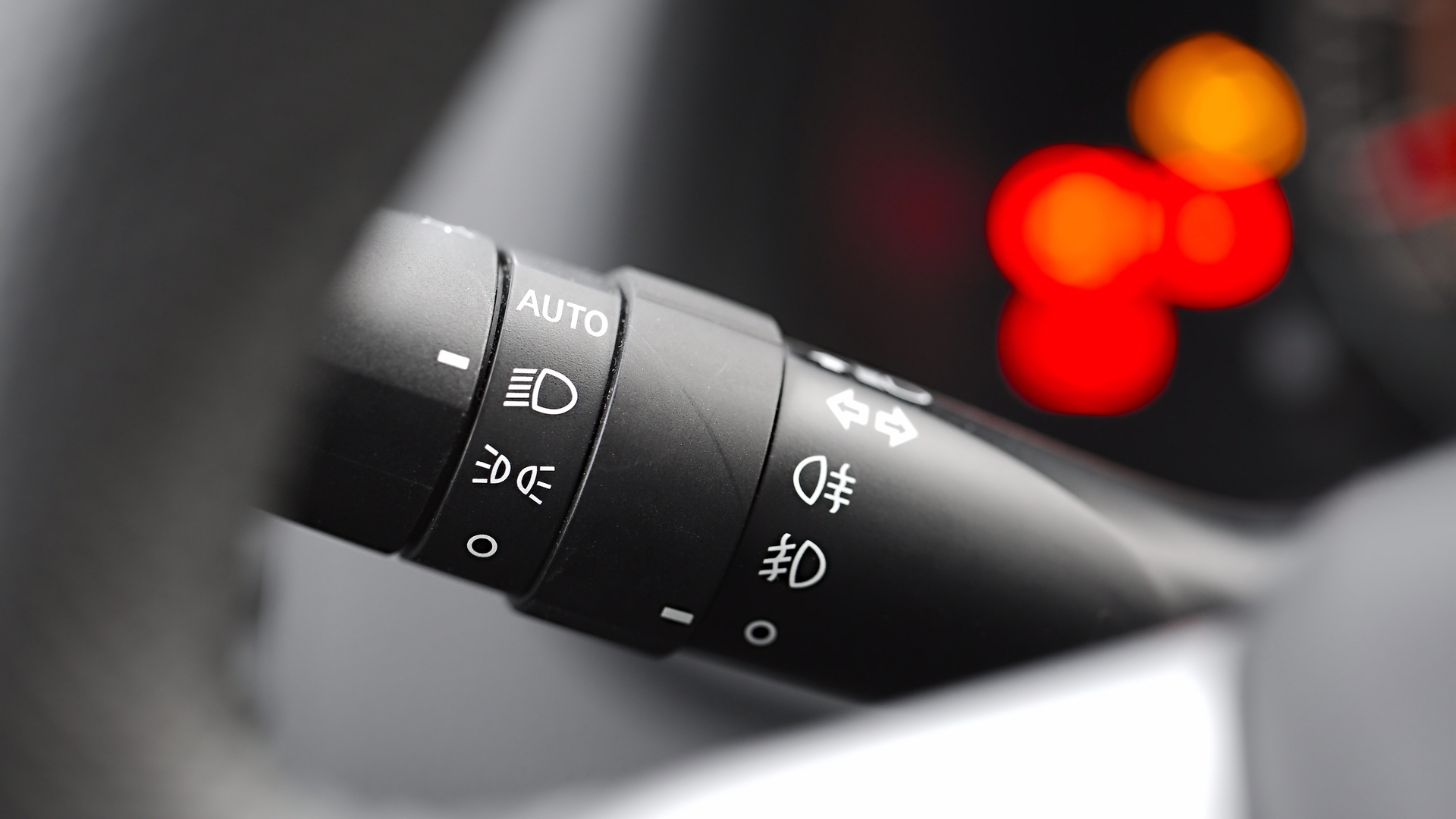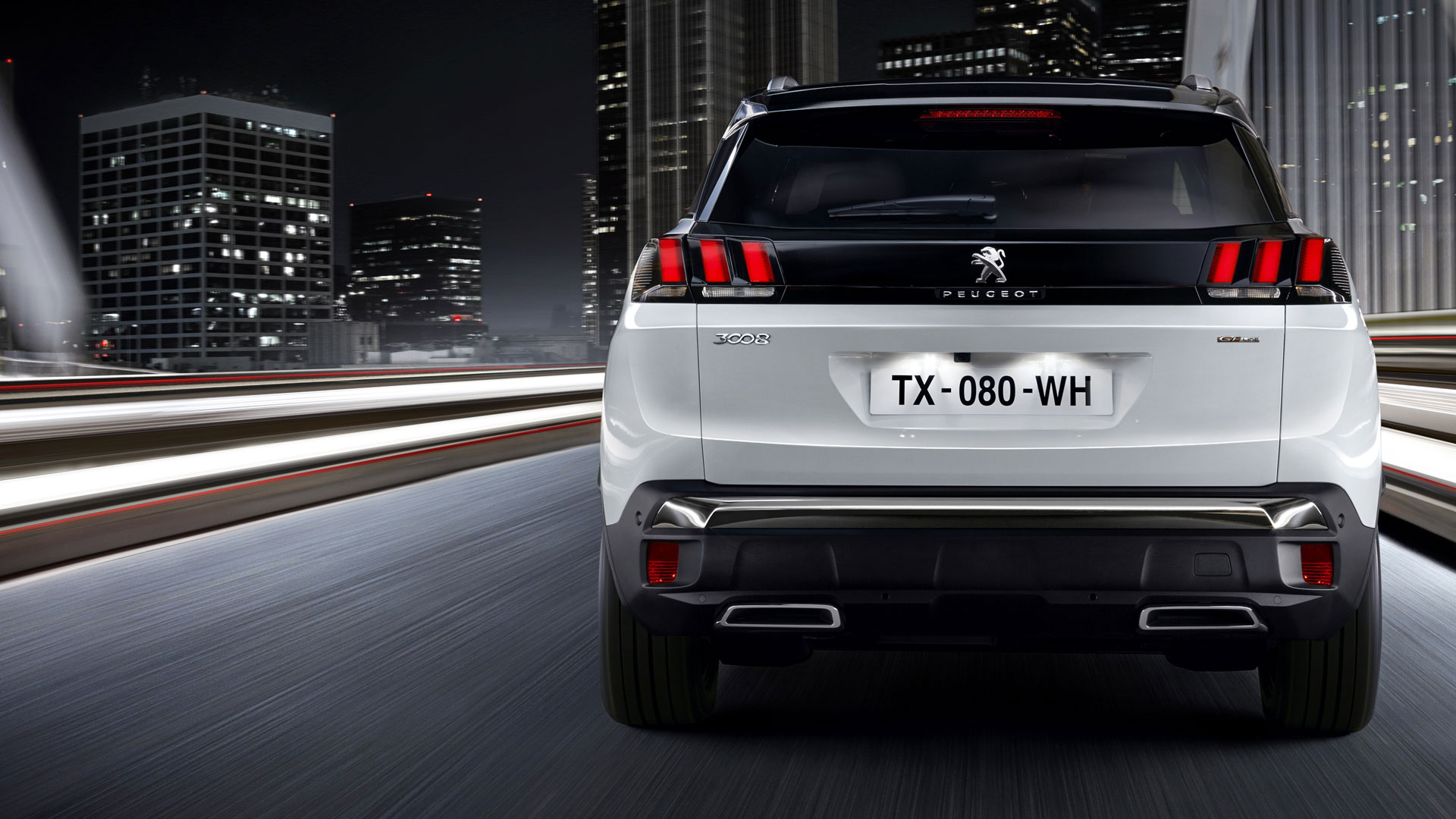
Prepare yourself, because I’m about to throw a tantrum over the abuse of daytime running lights.
It’s January, which means we’re getting driving advice designed to keep us safe on cold winter roads. However, here’s an extra tip for unlit drivers in the UK: Turn on your blimmin’ lights.
It used to be simple: Turn a handle on the steering column or turn a dial on the dashboard to turn on your car’s headlights when it gets dark.
Back then, aside from those embarrassing occasions when the orange glow of a sodium lamp meant you forgot to turn it on after leaving a Sainsbury car park, you rarely went wrong. Thankfully, there’s always a helpful Rover 200 driver on hand to give you a friendly flash before you finally insert the double-curved emblem into the front grille.
Today, things are different. Daytime Running Lights (or DRLs) have been mandatory on all new cars since February 2011, so modern drivers are never left in the dark.Once a sanctuary for Scandinavian cool geography teachers and architects (in Volvo and Saab respectively) are now common.
The problem is, a minority of drivers seem to think DRLs are a substitute for common sense. Because the dashboard is lit, they figured the headlights had to be on before turning their attention to a WhatsApp message or Spotify playlist on the car’s touchscreen.
A survey of around 2,000 motorists conducted by the RAC a few years ago found that more than six in 10 (62%) motorists claimed to have seen other cars and vans driving in dim conditions without any taillights , but indicates that the DRL is on.
dazed and confused

They do burn brightly. As the government points out, they are too bright to be used at night and can cause “dazzling and discomfort” to other road users.
Some cars, especially those with fancy light clusters, have their taillights on all the time, so it’s very unlikely that you’ll run into the back of them. Others plunge into darkness, which is less than ideal when the sun goes down or roads are shrouded in thick fog. Oh, and don’t get me started on the fog lights…
Back to the DRL issue, I recently followed a Peugeot 3008 down the notoriously dark stretch of the A30 just before Honiton. For a while, I wondered why the driver was flashing wildly on the road ahead, as if he’d spotted a speed trap.
I quickly realized that the DRL he had been relying on for the past 15 miles or so was no longer up to the task, so he kept flashing his lights in a futile attempt to engage the high beams. Not much chance when you’re running with a pair of DRLs.
He eventually fixed it, but only after some erratic driving and, I suspect, some choice words.
If you’re reading this, chances are you’re one of the many lighting drivers who’ve seen the light. In that case, pass the message on to your not-so-bright neighbor or your Qashqai-driving colleague at the office. If they don’t trust the DRL or their car’s “automatic” lights, tell them to take the bus instead.
That way we can get where we need to be this winter, even if it’s just the office. Safe travels.
Also read:
Pothole damage to cars has increased 34% since 2016—here’s how to claim it
10 tips for driving safely this winter
The best new cars to buy in 2023